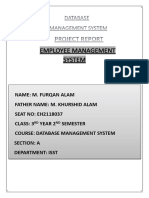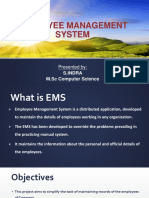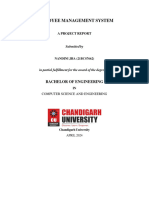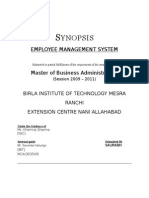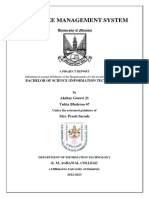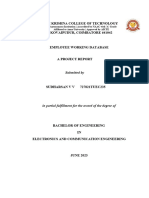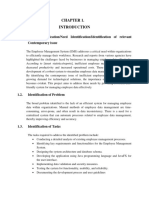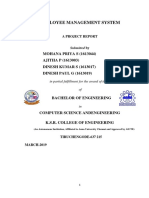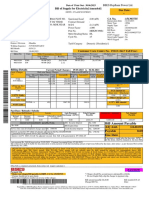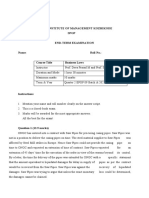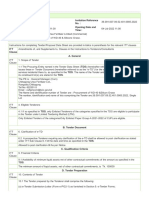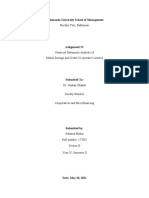0% found this document useful (0 votes)
21 views12 pagesSystem Analysis PDF
The Employee Management System (EMS) aims to provide a secure and efficient platform for managing employee data with features like user authentication, self-service access, and performance management tools. It addresses key issues such as data security, shift management, and employee accessibility while improving overall efficiency and decision-making. The proposed system aligns with industry standards and is designed to enhance organizational operations and employee experience.
Uploaded by
mdsifathossenhimel017Copyright
© © All Rights Reserved
We take content rights seriously. If you suspect this is your content, claim it here.
Available Formats
Download as PDF, TXT or read online on Scribd
0% found this document useful (0 votes)
21 views12 pagesSystem Analysis PDF
The Employee Management System (EMS) aims to provide a secure and efficient platform for managing employee data with features like user authentication, self-service access, and performance management tools. It addresses key issues such as data security, shift management, and employee accessibility while improving overall efficiency and decision-making. The proposed system aligns with industry standards and is designed to enhance organizational operations and employee experience.
Uploaded by
mdsifathossenhimel017Copyright
© © All Rights Reserved
We take content rights seriously. If you suspect this is your content, claim it here.
Available Formats
Download as PDF, TXT or read online on Scribd
/ 12










